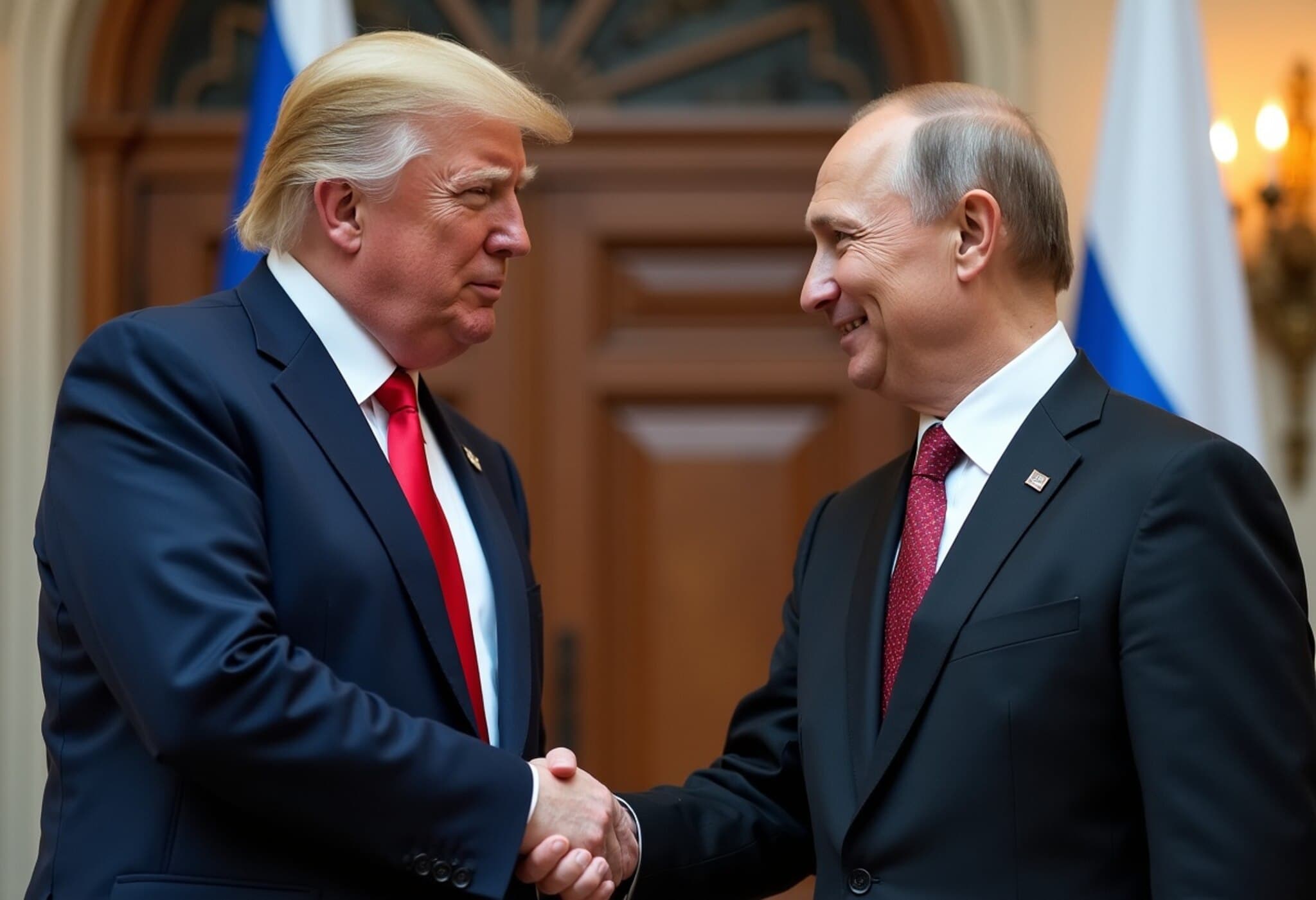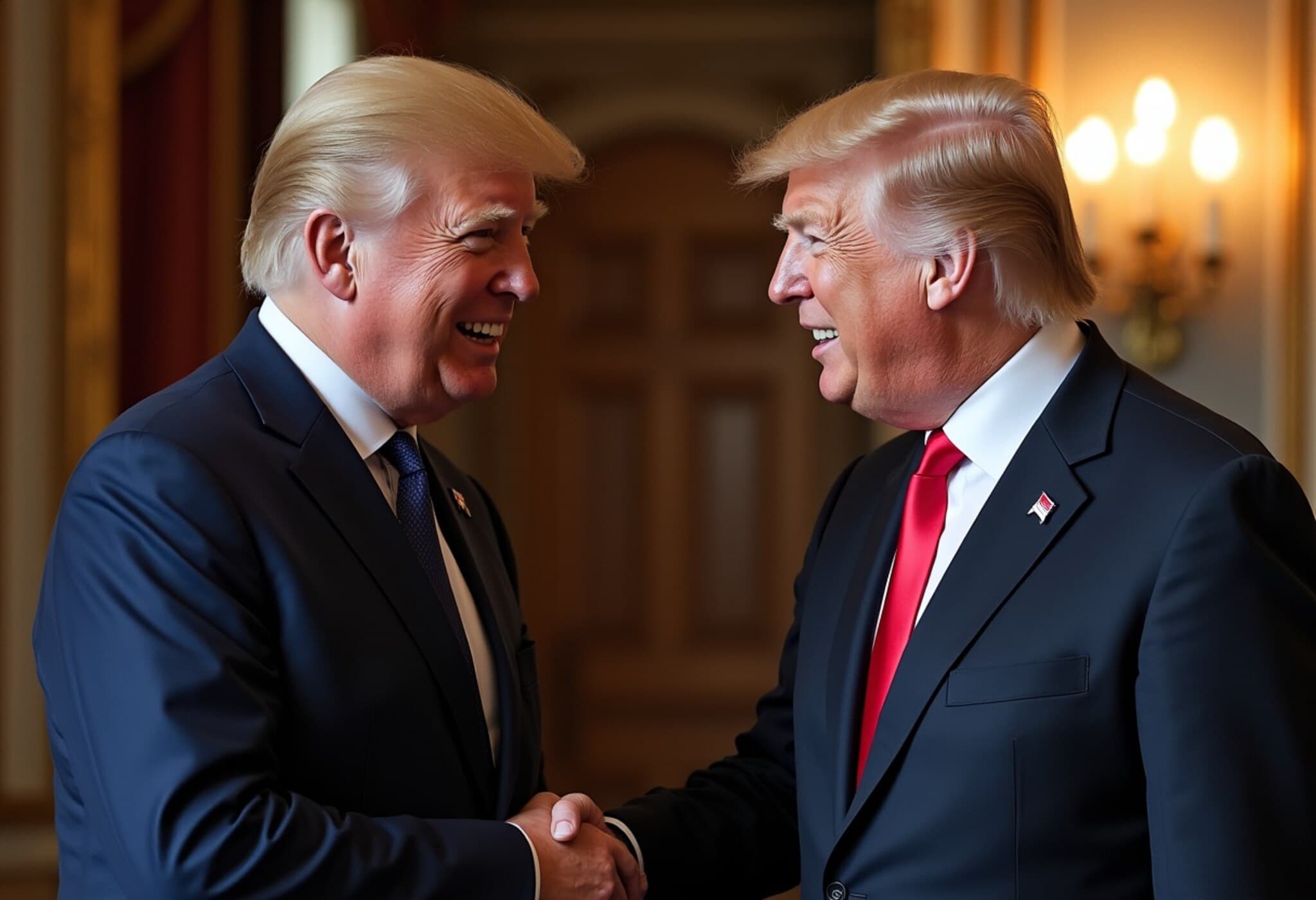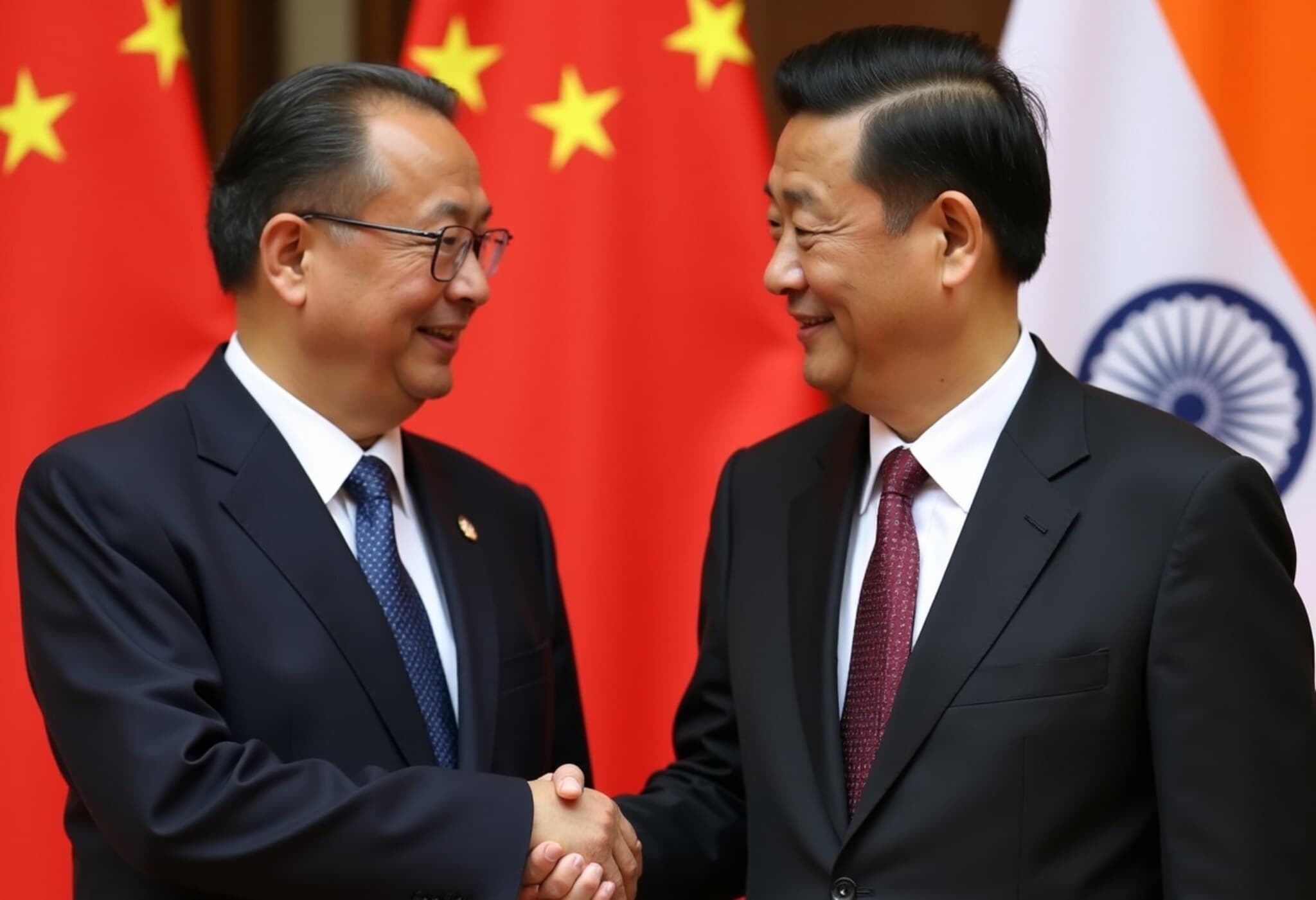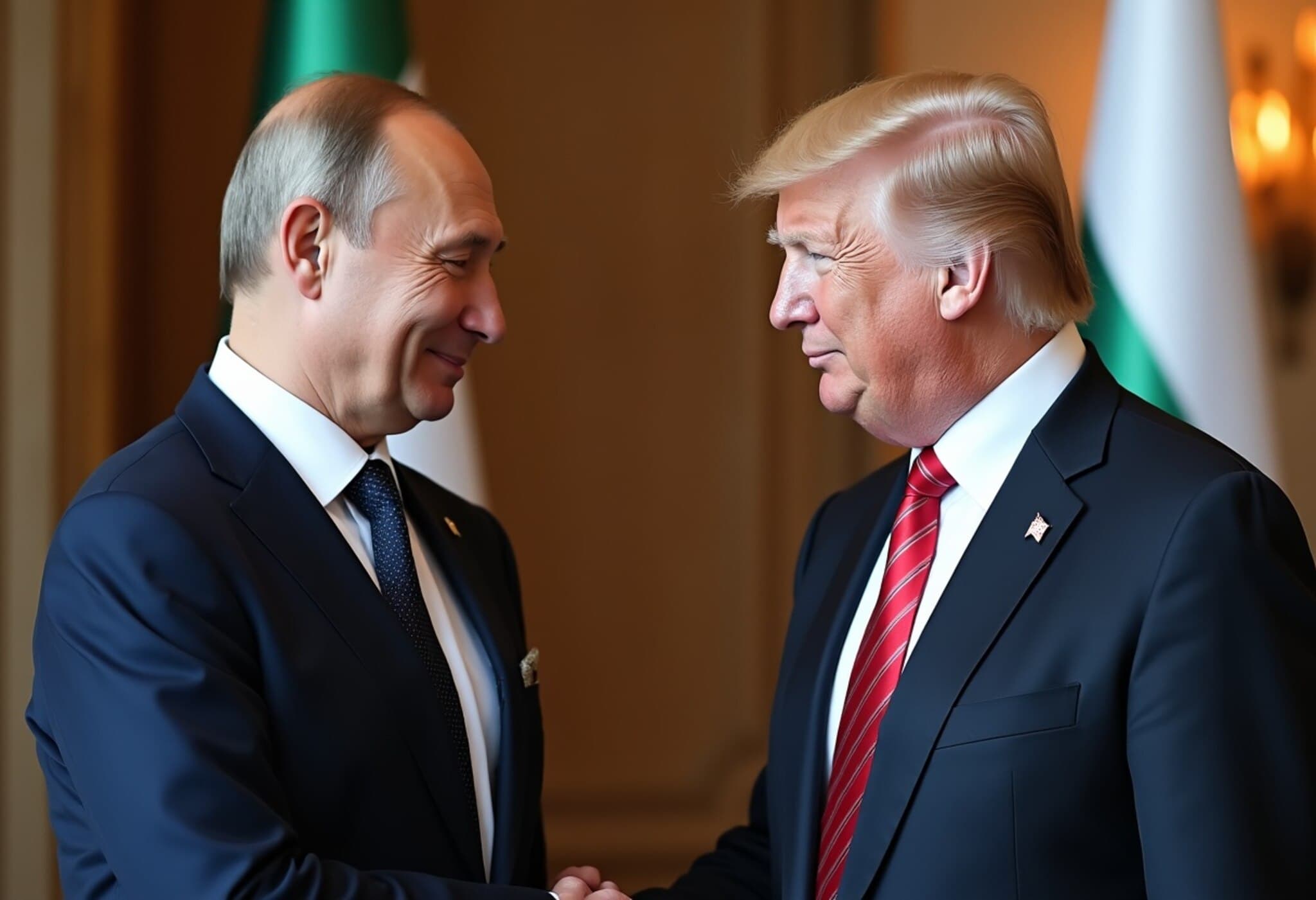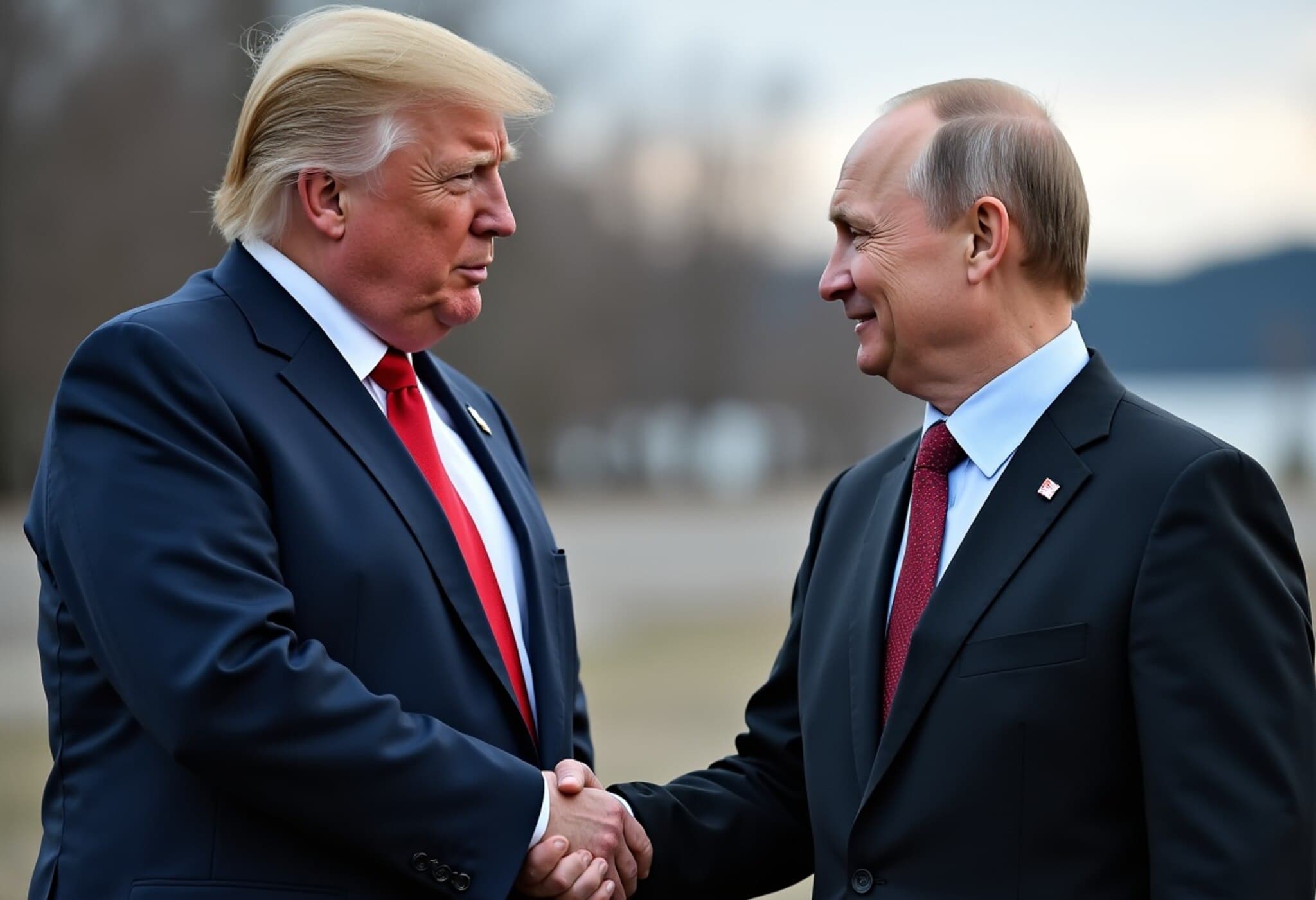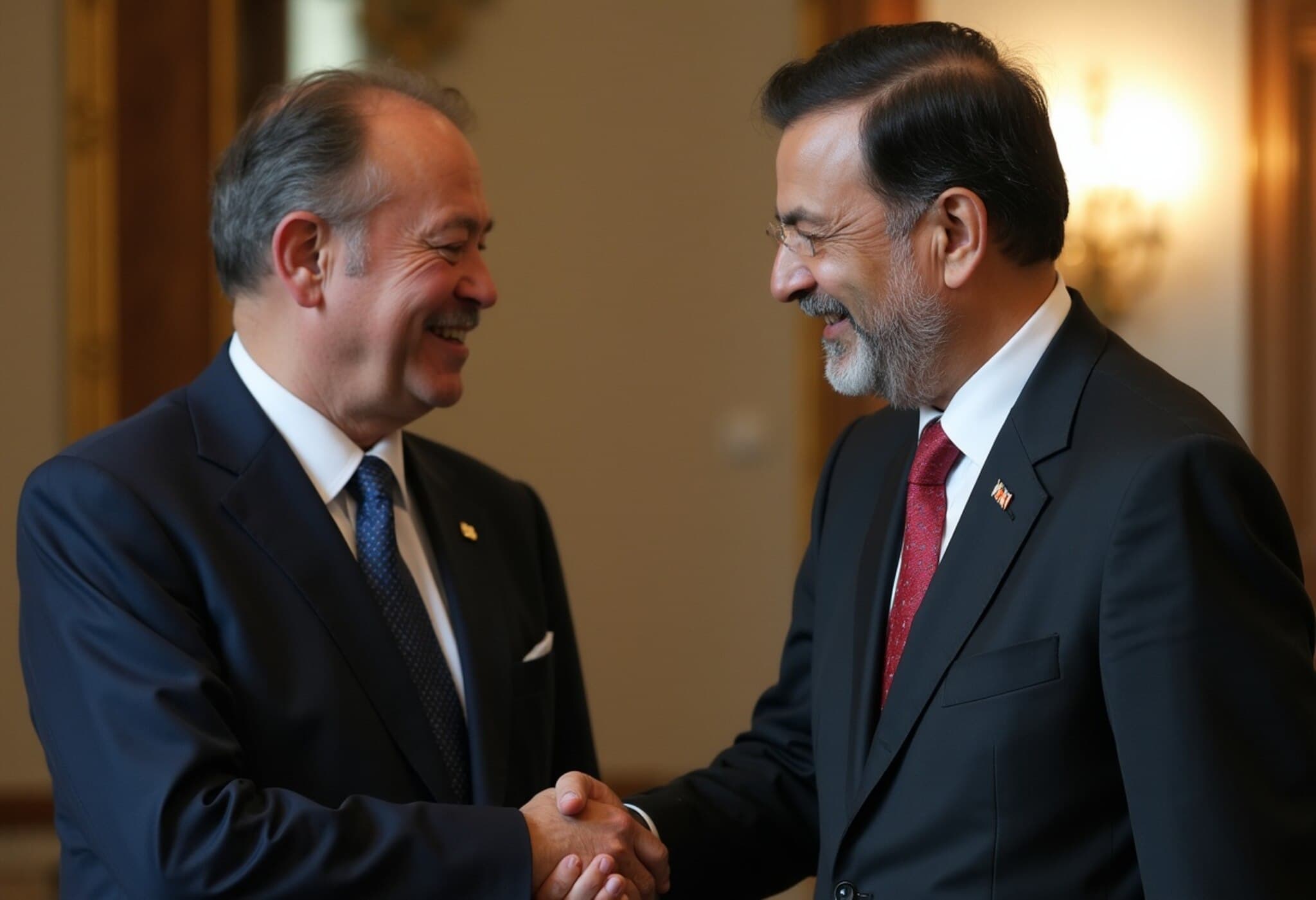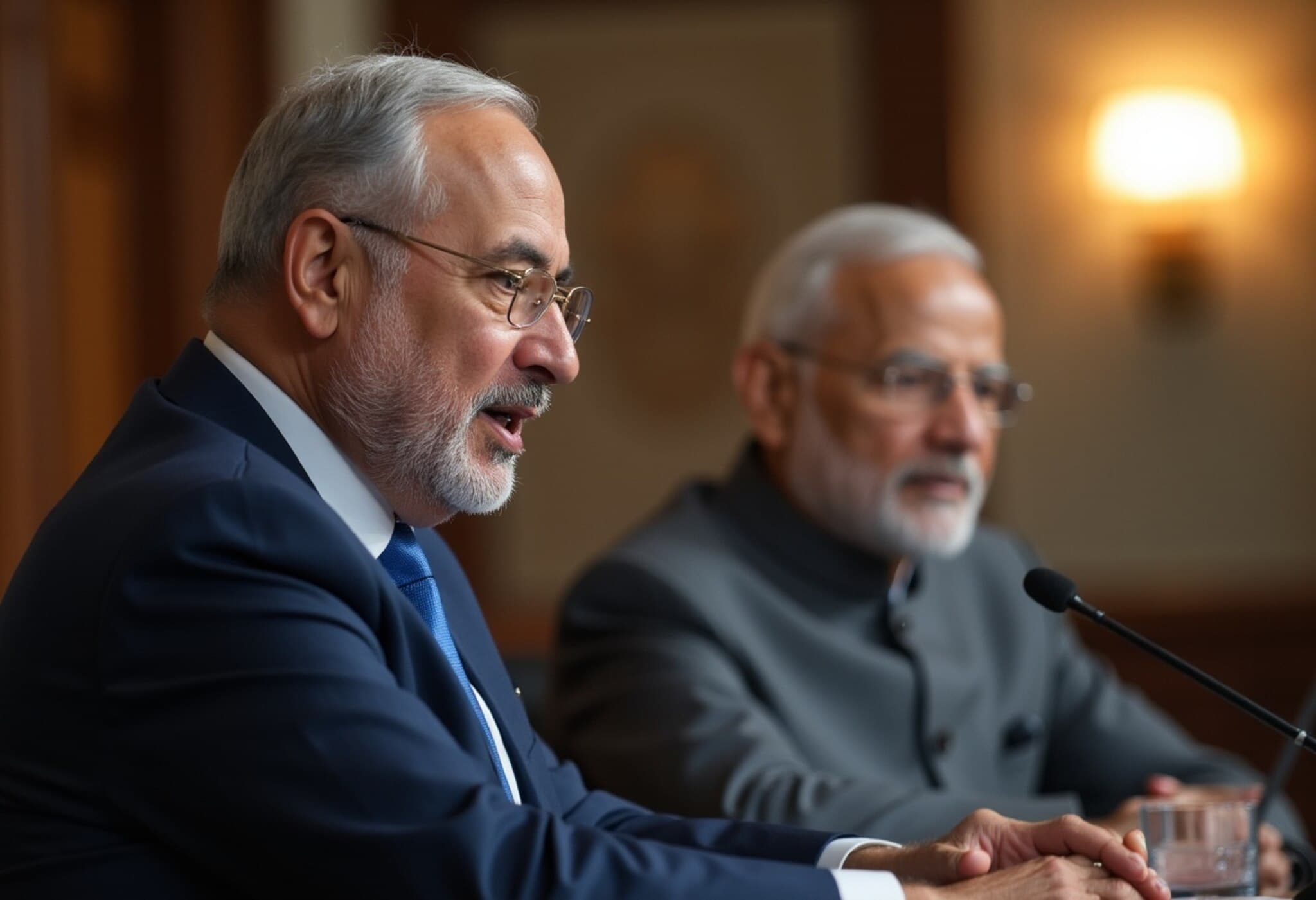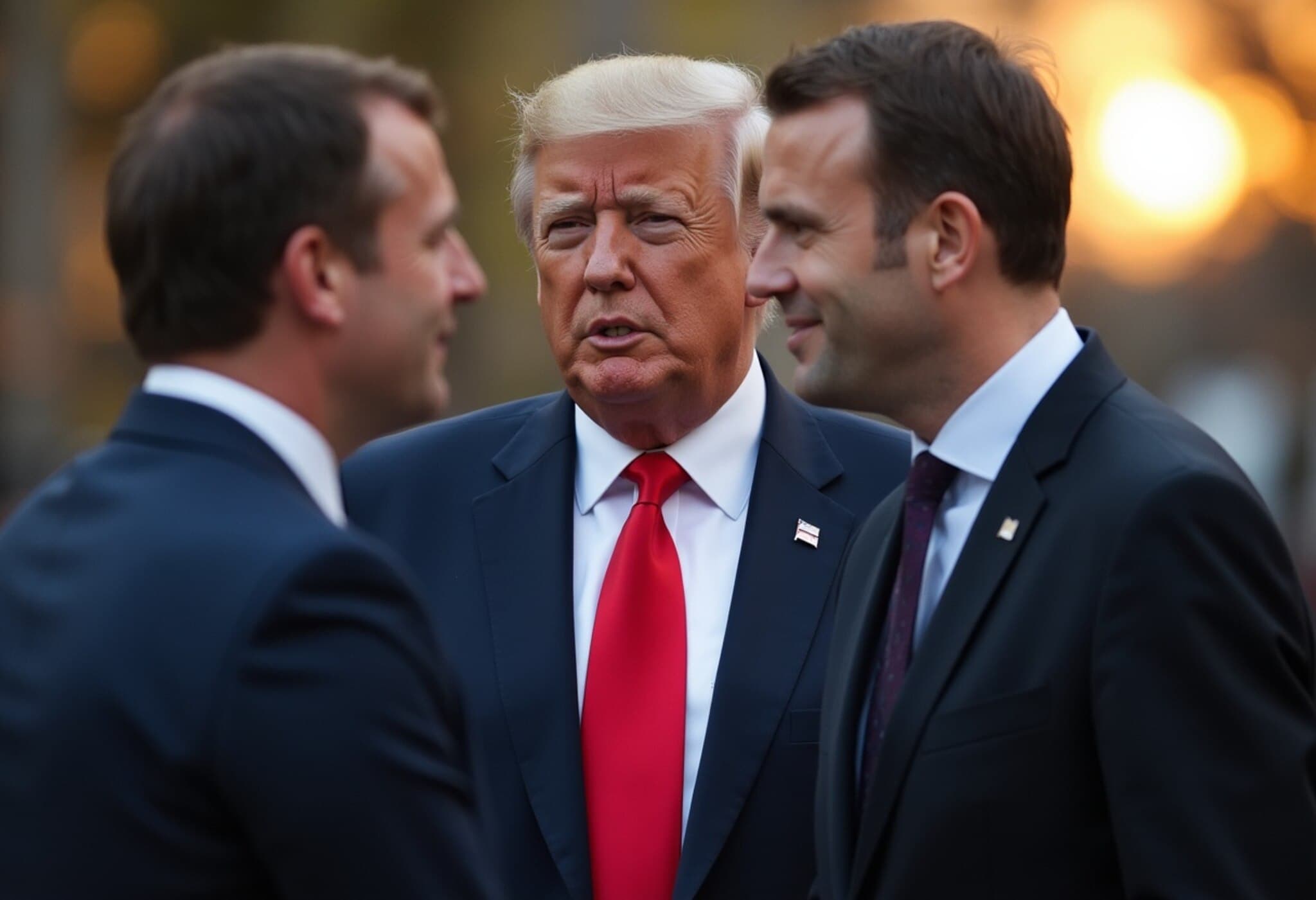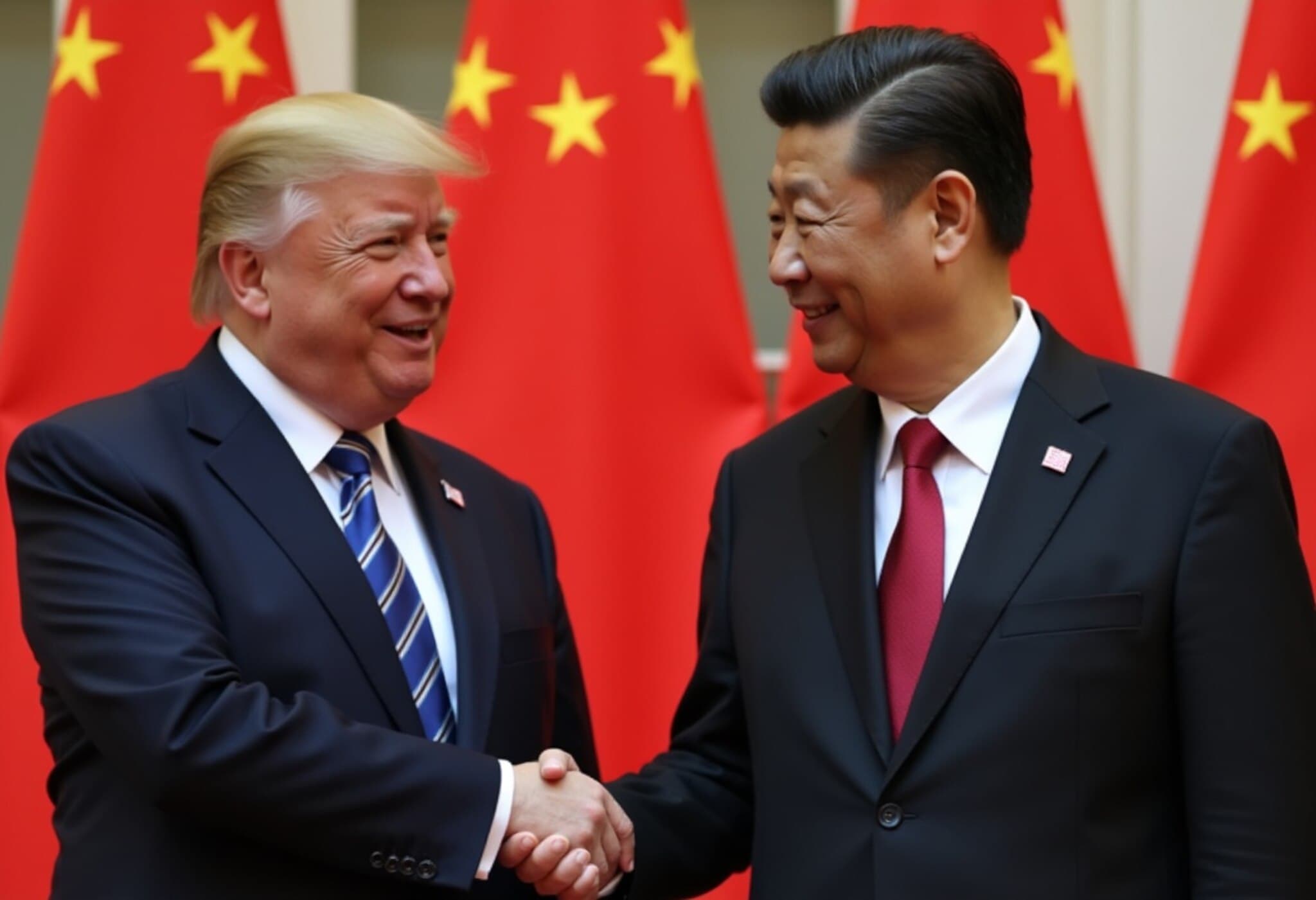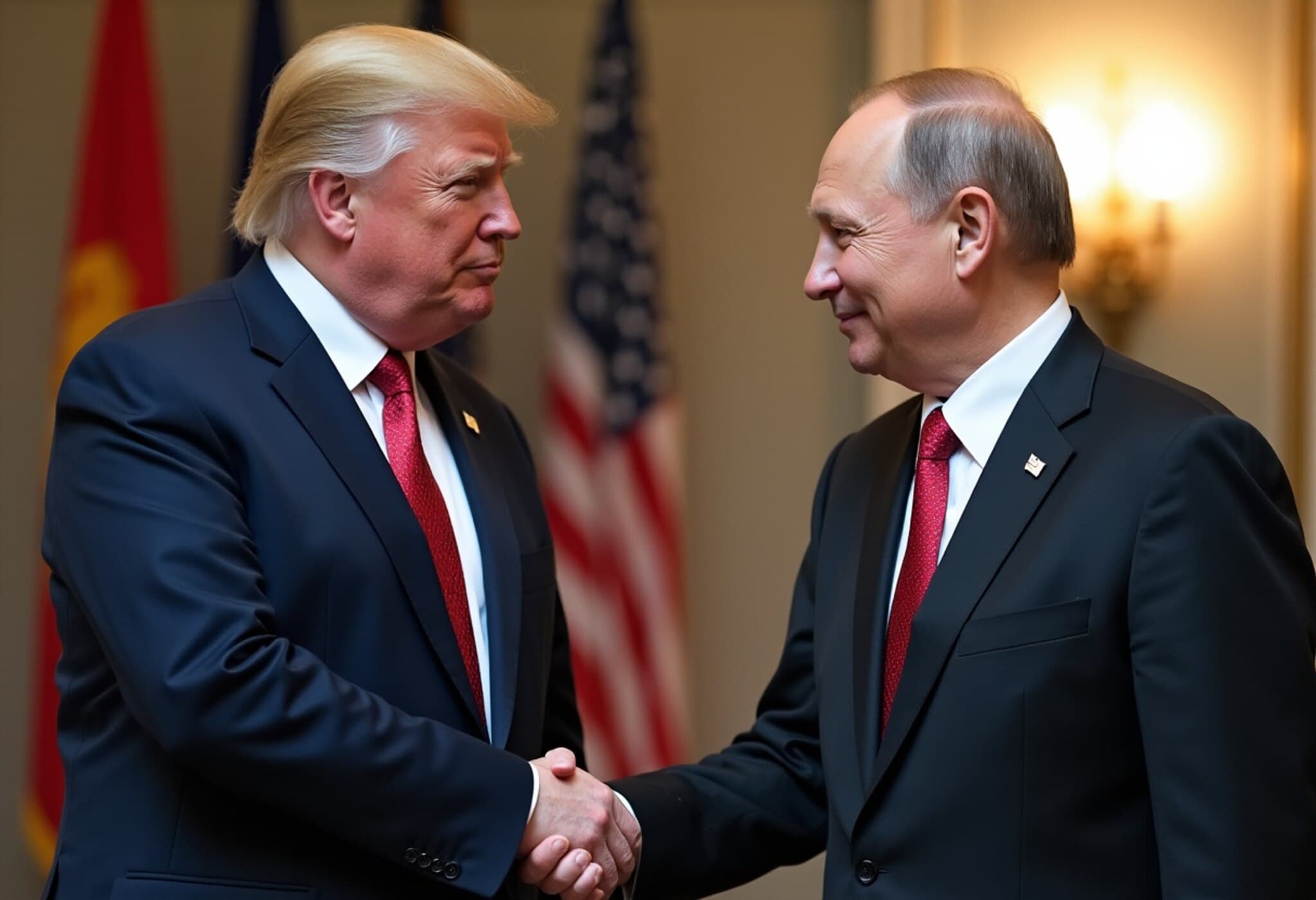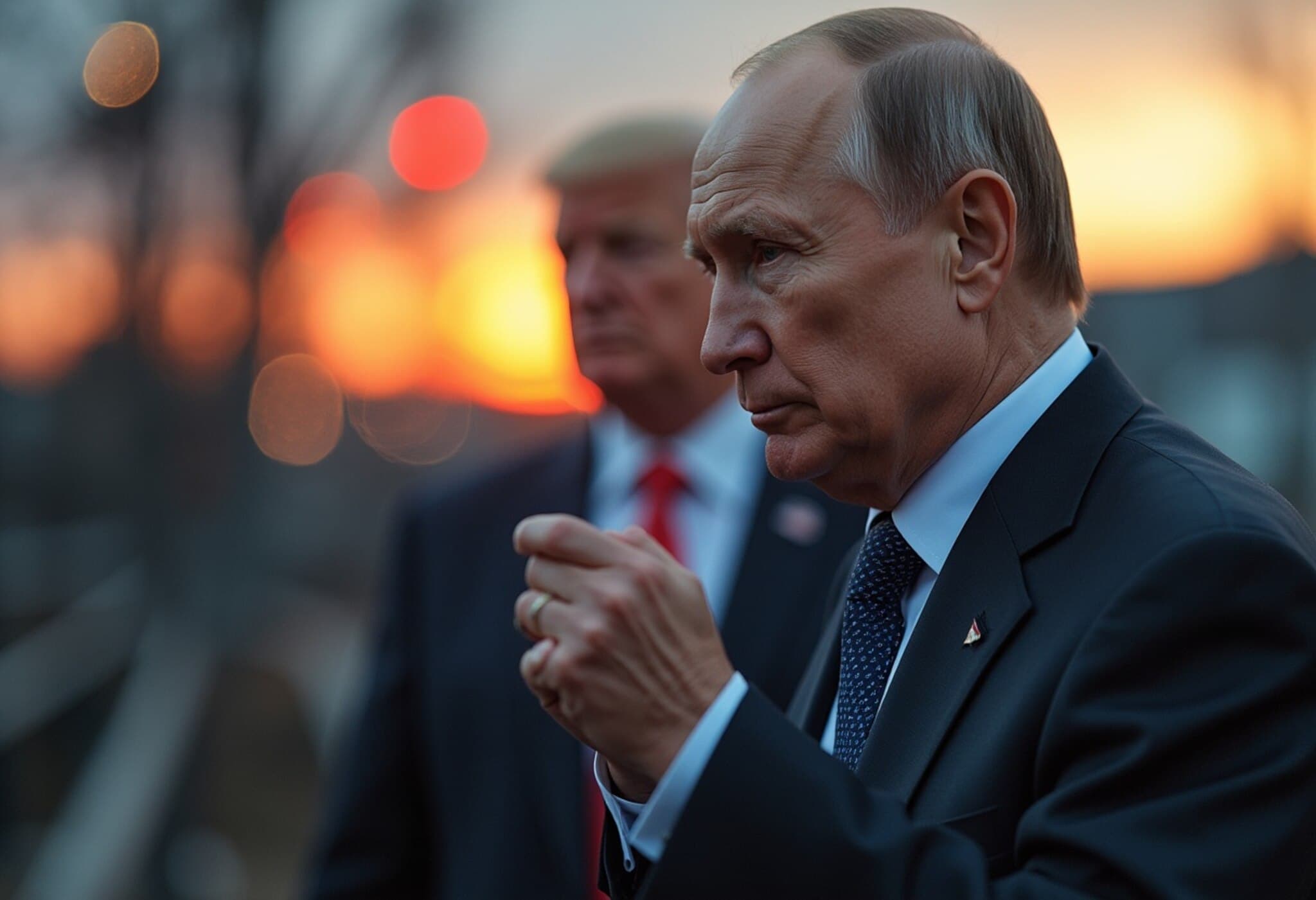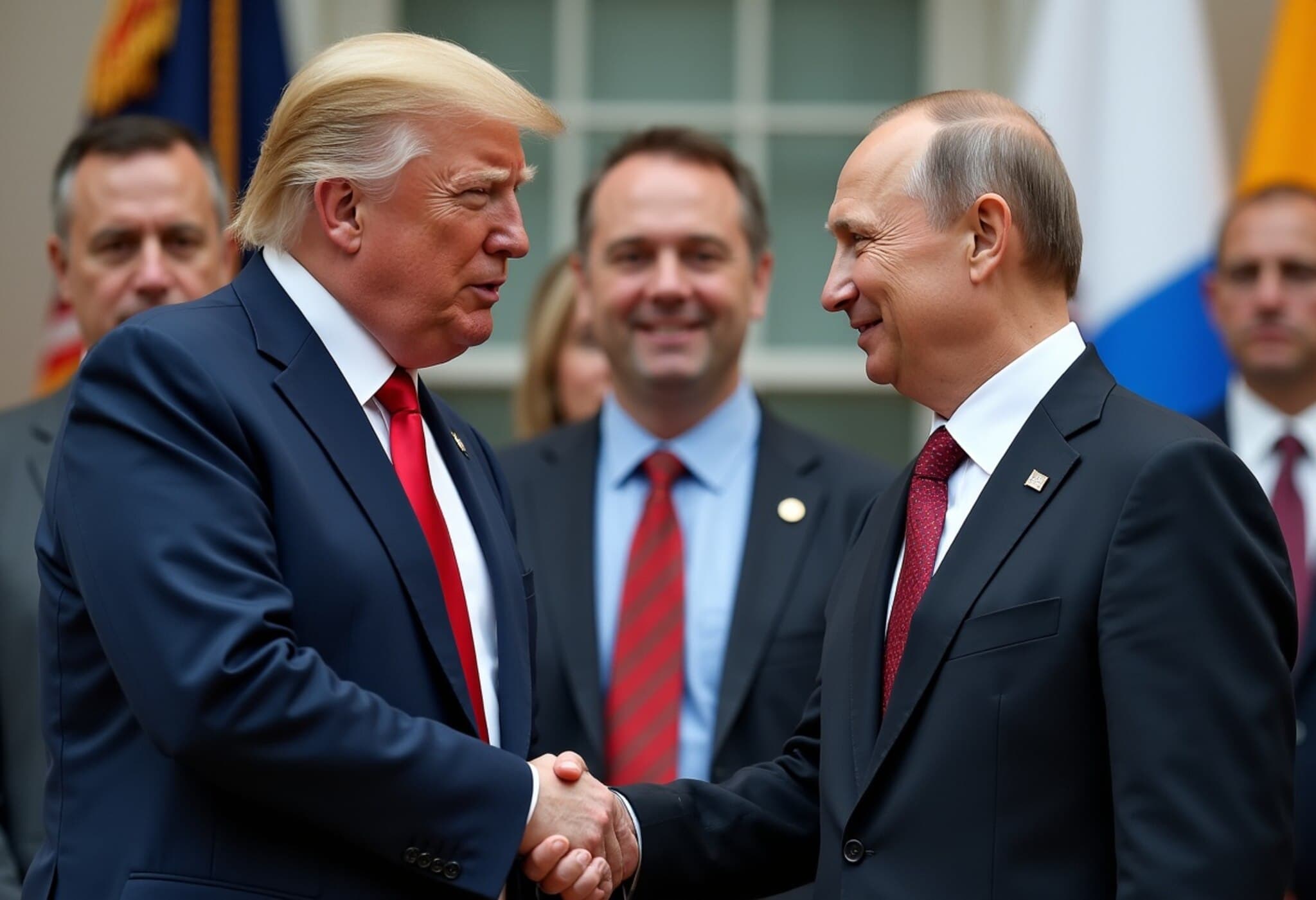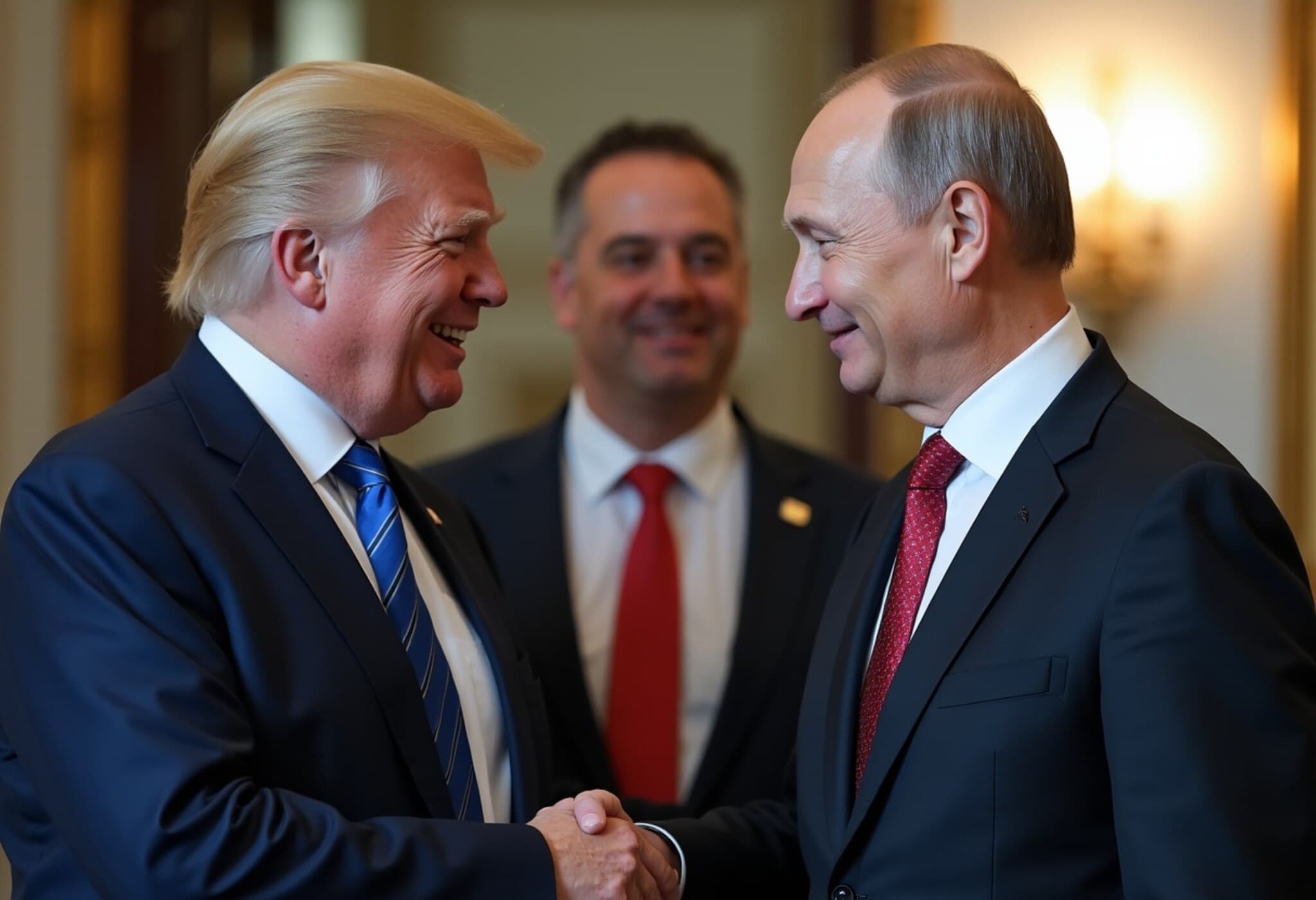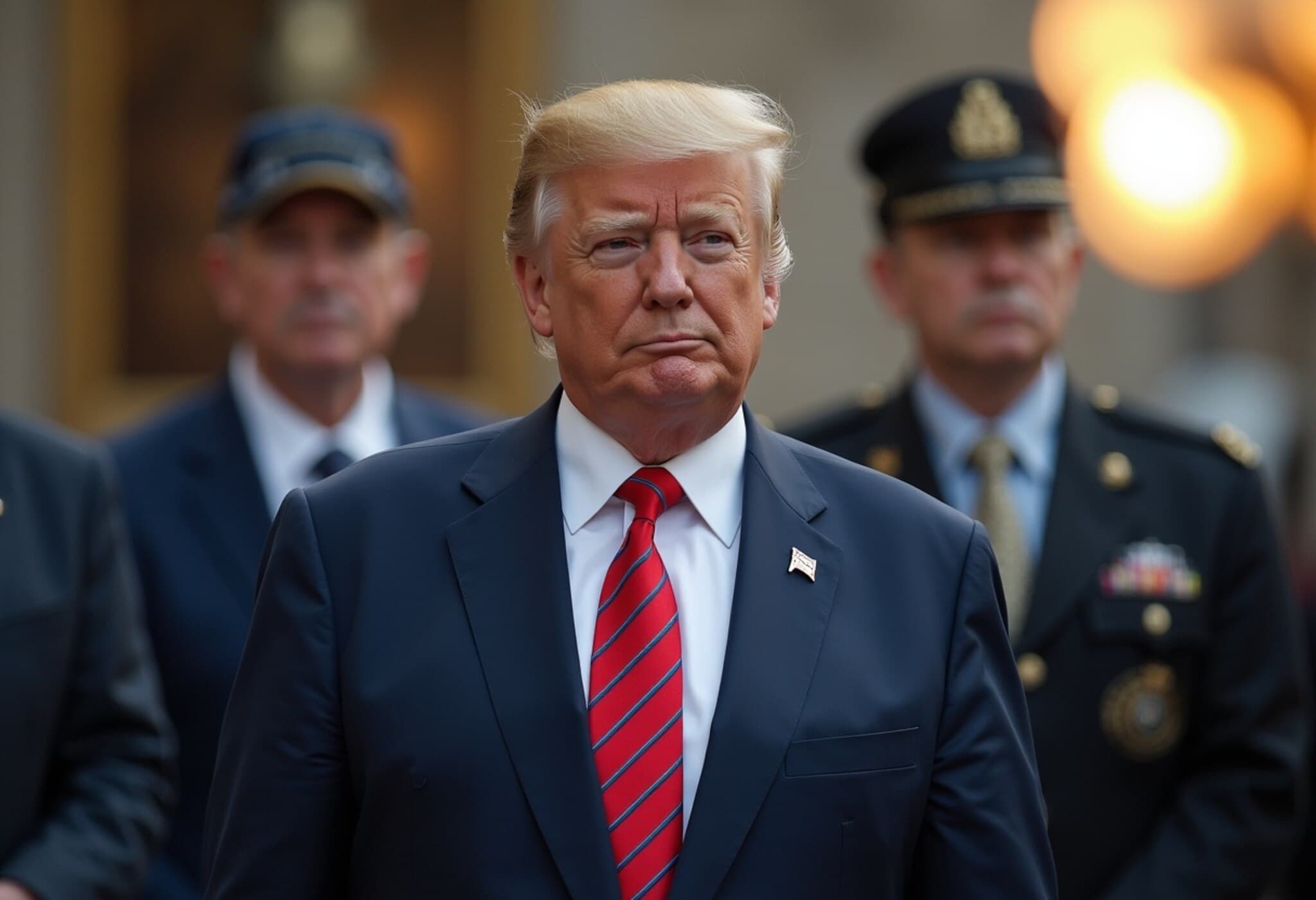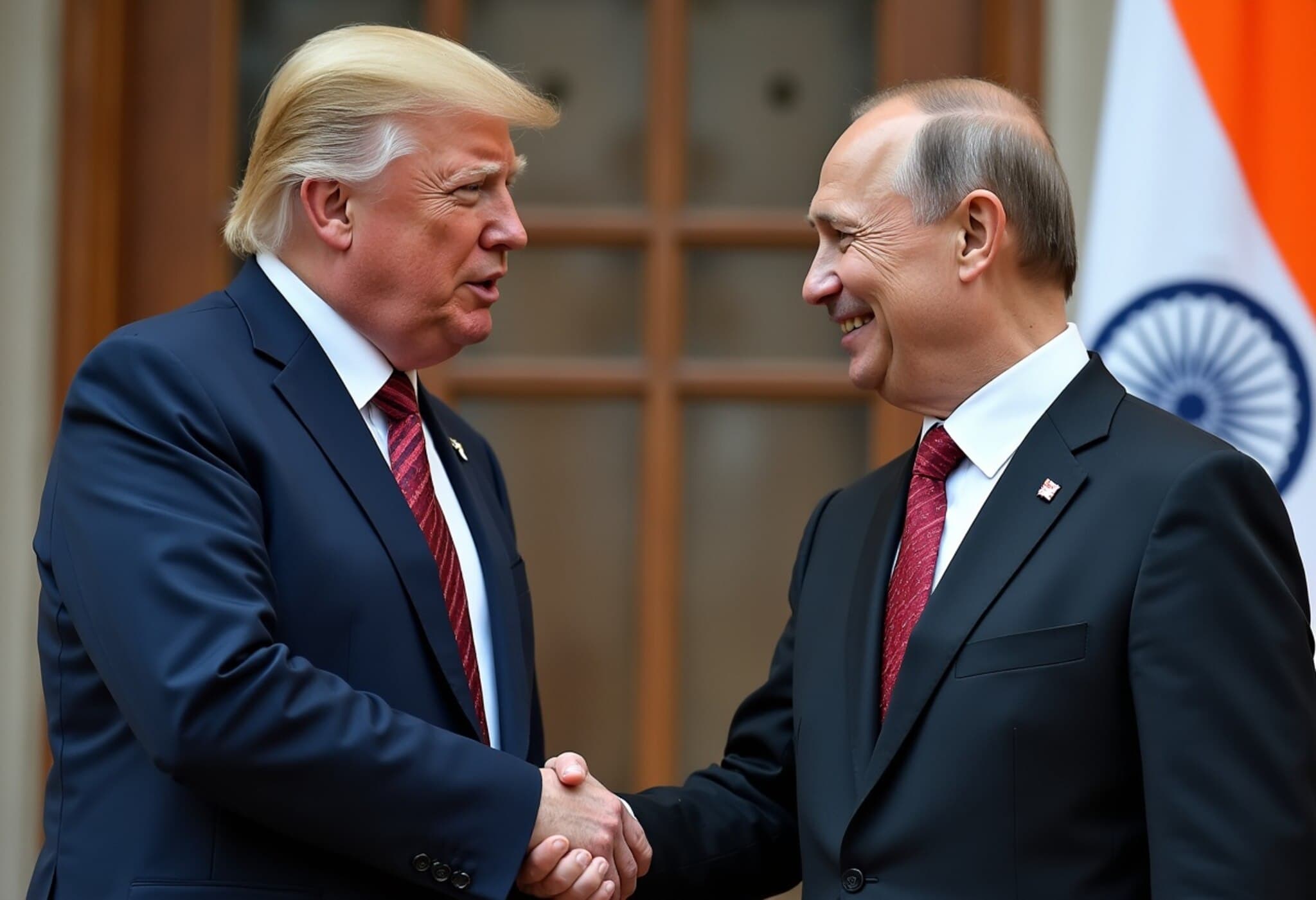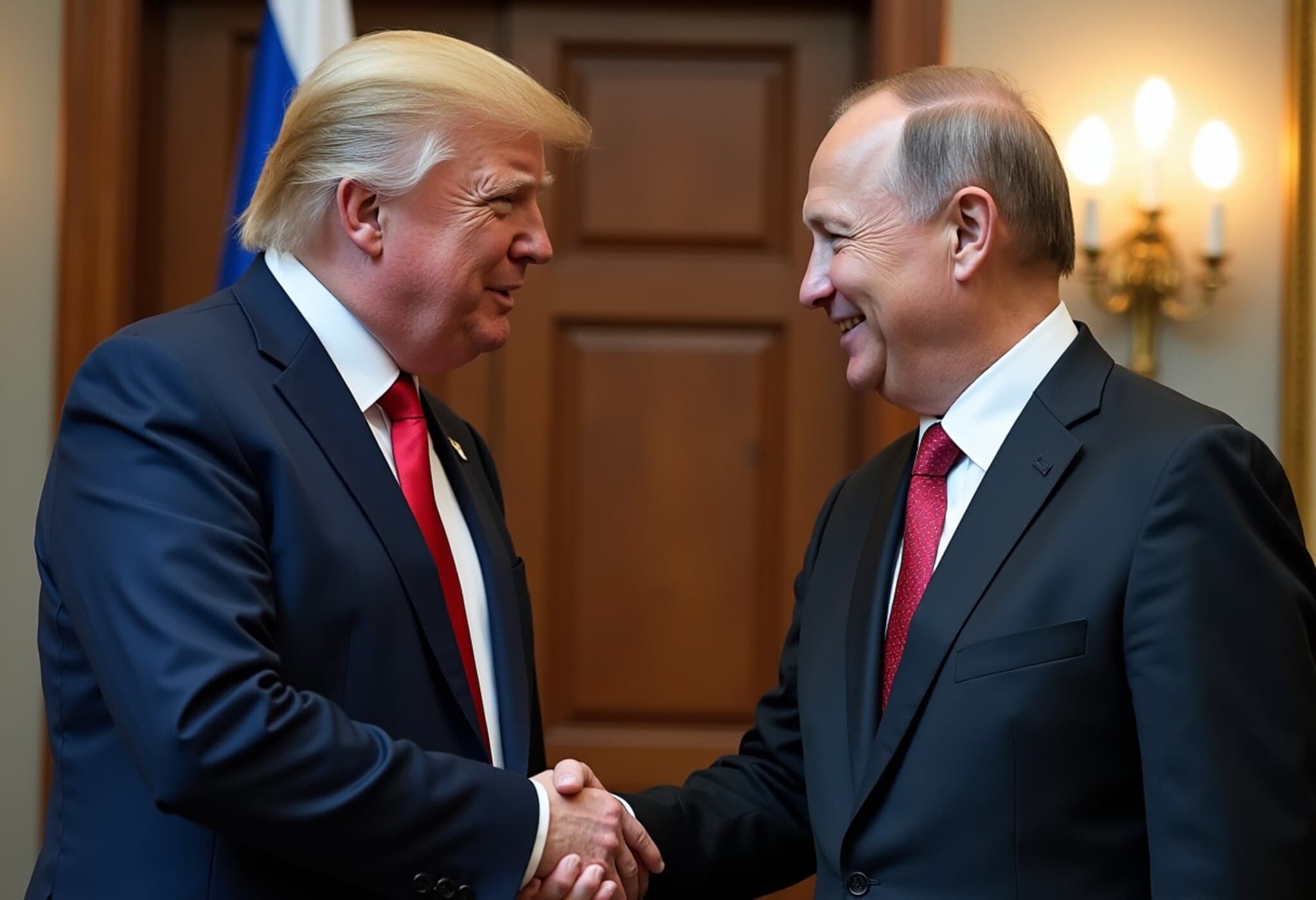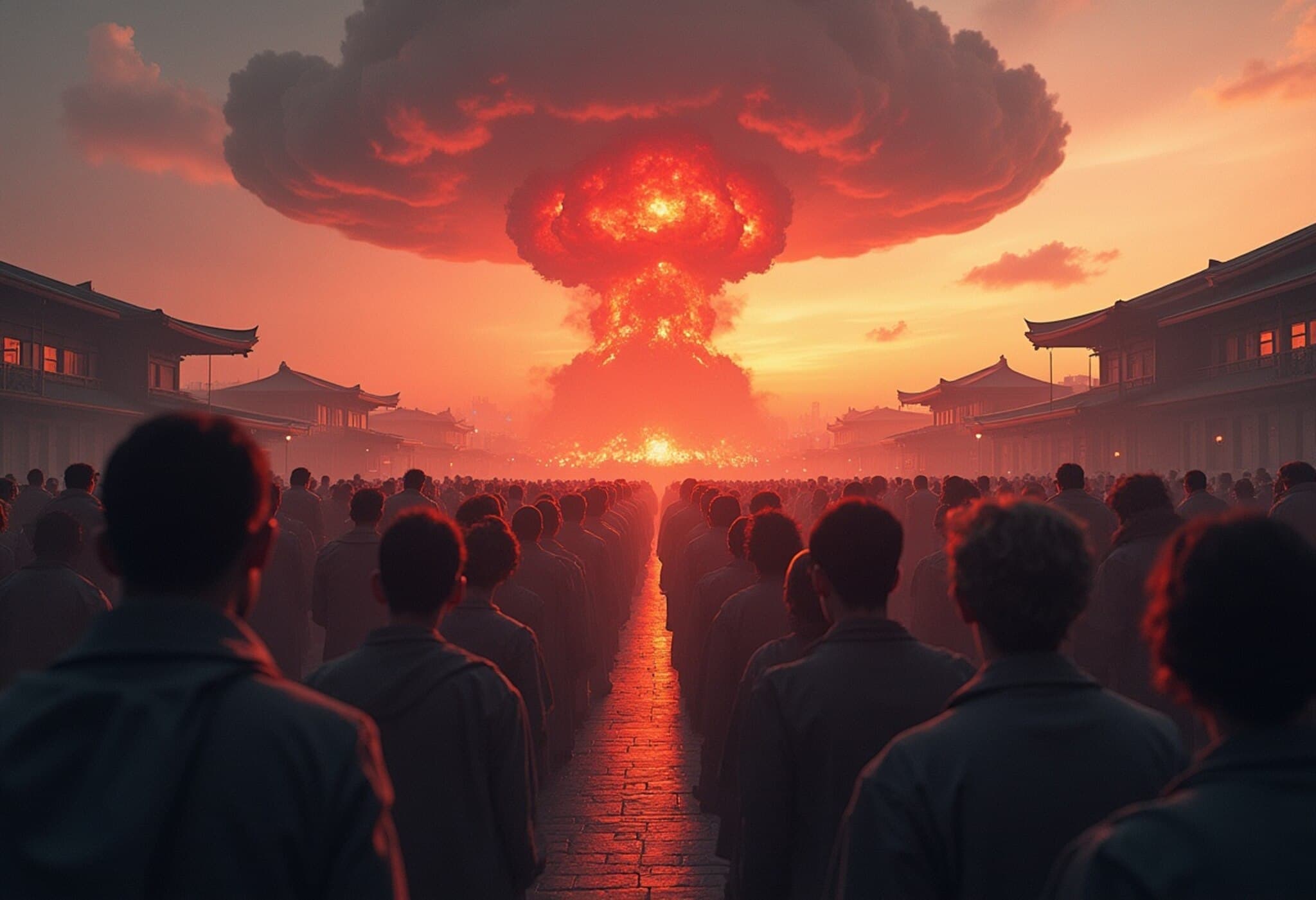Trump and Putin Set to Meet in Alaska Amid Hopes for Ukraine Peace
In a surprising development, former US President Donald Trump is scheduled to meet Russian President Vladimir Putin on August 15, 2025, in Alaska. The high-profile summit aims to explore avenues to end the prolonged and devastating war in Ukraine which erupted in early 2022 following Russia's invasion. The announcement, made by Trump on his social media platform Truth Social, stirred global attention, teasing a potential breakthrough in a conflict that has defied numerous diplomatic efforts.
Setting the Stage: Why Alaska?
The choice of Alaska as the meeting location carries both symbolic and strategic weight. Alaska, once a Russian territory sold to the United States in 1867, lies just across the Bering Strait from Russia’s easternmost point. Kremlin aide Yuri Ushakov highlighted that the region represents "where US and Russian economic interests intersect," pointing to possibilities for collaboration beyond conflict resolution. This shared economic perspective adds a nuanced layer to the summit, potentially framing peace talks within broader geopolitical and commercial interests involving Arctic and regional cooperation.
Meeting Details and Ambitions
Trump, speaking at the White House prior to the meeting, expressed cautious optimism, claiming he has "a shot" at securing peace and even mentioned the prospect of "swapping territories" between Ukraine and Russia. Although specifics remain vague, this signals a potential openness to dialogue on sensitive issues that have fueled the conflict. Trump also emphasized his willingness to engage fully in efforts "to stop the killing," reiterating a long-standing campaign promise to end the war rapidly—a commitment that has faced skepticism given the conflict’s complexity and profound stakes.
The Question of Zelenskyy’s Involvement
One critical question is the absence of Ukrainian President Volodymyr Zelenskyy from the forthcoming talks. Zelenskyy has repeatedly advocated for direct negotiations with Putin, viewing them as essential for progress. Russia, however, has dismissed a three-way summit as premature, suggesting such encounters only be considered during the "final phase" of negotiations after terms are agreed upon. When asked, Trump downplayed the necessity of Zelenskyy's presence, stating, "No, he doesn’t" need to be there, a stance likely to attract scrutiny given Zelenskyy’s central role in Ukraine’s war efforts.
Past Diplomatic Efforts and Challenges
Historically, Trump and Putin last met in person at the 2019 G20 summit in Japan, with a notable meeting also taking place in Helsinki in 2018. Since then, diplomatic channels have been fraught with challenges. The Biden administration’s June 2021 Geneva summit with Putin was described as "focused and practical," yet stark differences persist. Moscow continues to demand Ukraine relinquish control over annexed territories, adopt neutrality, and reject NATO membership—demands Kyiv resolutely rejects, insisting on territorial sovereignty and immediate cessation of hostilities.
Legal and Diplomatic Hurdles
A significant legal obstacle surrounds Putin’s International Criminal Court (ICC) arrest warrant, complicating potential venues for such high-stakes meetings. Anchorage, Alaska, remains a feasible option as the US does not recognize the ICC’s jurisdiction in this case, allowing Putin safe passage. Previously suggested locations included the UAE, Turkey, China, and India, all potentially less politically sensitive but more complicated considering international law and diplomatic protocol.
Expert Commentary: What’s at Stake?
Experts caution that while the summit represents a rare opening for dialogue, the complexity of the Russia-Ukraine conflict demands more than bilateral talks. Peace efforts must account for deep-rooted geopolitical tensions, alliances, and hard-fought territorial claims that have inflamed national identities and global power balances.
Moreover, Trump's approach highlights a broader debate within American political circles about engagement with Russia versus supporting Ukraine's sovereignty. This meeting could reshape narratives on both sides but raises questions about the legitimacy of negotiating territorial concessions that may contravene international law and unsettle NATO’s posture in Eastern Europe.
Looking Ahead: What Could the Alaska Summit Mean?
- Peace Prospects: The summit may pave the way for incremental confidence-building measures or ceasefire agreements if negotiations progress constructively.
- Regional Impact: Successful talks could impact Arctic economic cooperation, affecting global supply chains and climate strategies.
- US-Russia Relations: The meeting might signal a thaw or recalibration in tense bilateral relations that have shaped world politics for years.
- Global Diplomacy: It could prompt other international stakeholders to re-engage in multilateral peace frameworks.
Editor's Note
The upcoming Alaska summit between Donald Trump and Vladimir Putin stands as a moment fraught with both hope and uncertainty. As the world watches closely, critical questions remain unanswered: Can dialogue without Ukraine’s direct involvement foster genuine peace? Will the economic and symbolic dimensions of Alaska influence substantive agreements? And how will this private diplomacy align with broader international efforts to uphold sovereignty and justice?
Understanding the multi-faceted nature of this meeting requires scrutinizing the delicate balance between pragmatic negotiations and the principles underlying international law. This summit, while historic, is a reminder that peace is often a long, complex journey demanding inclusive, transparent, and principled diplomacy.

